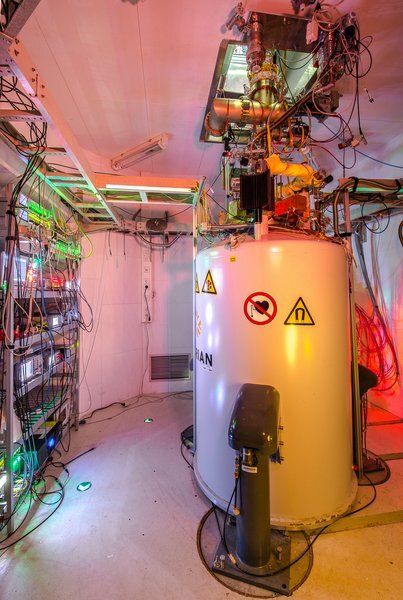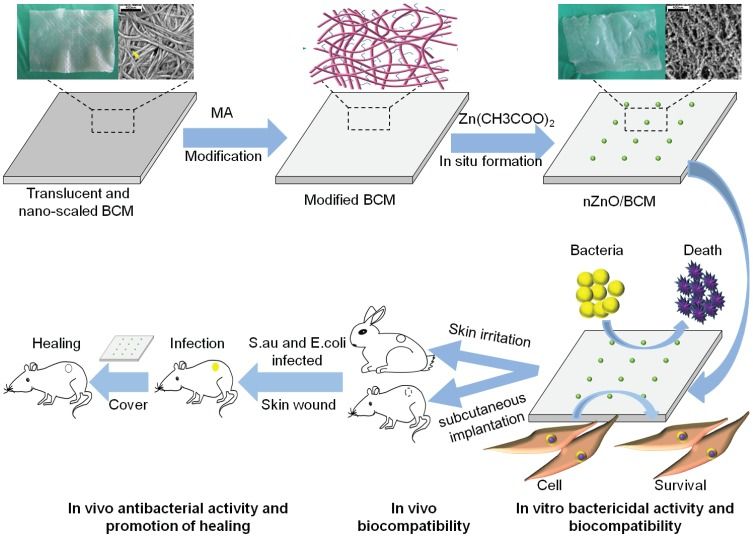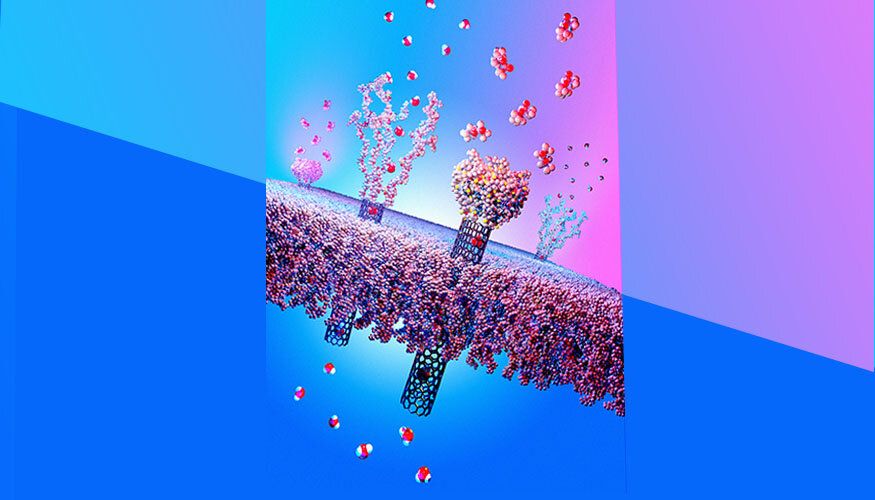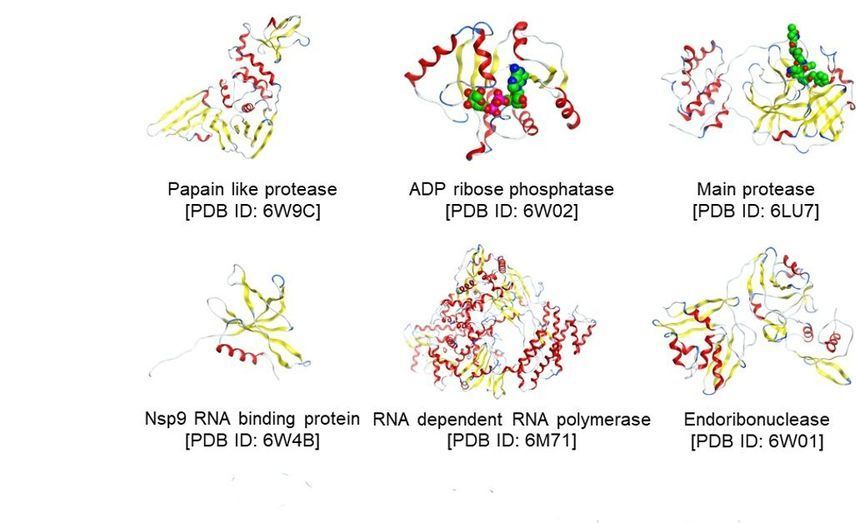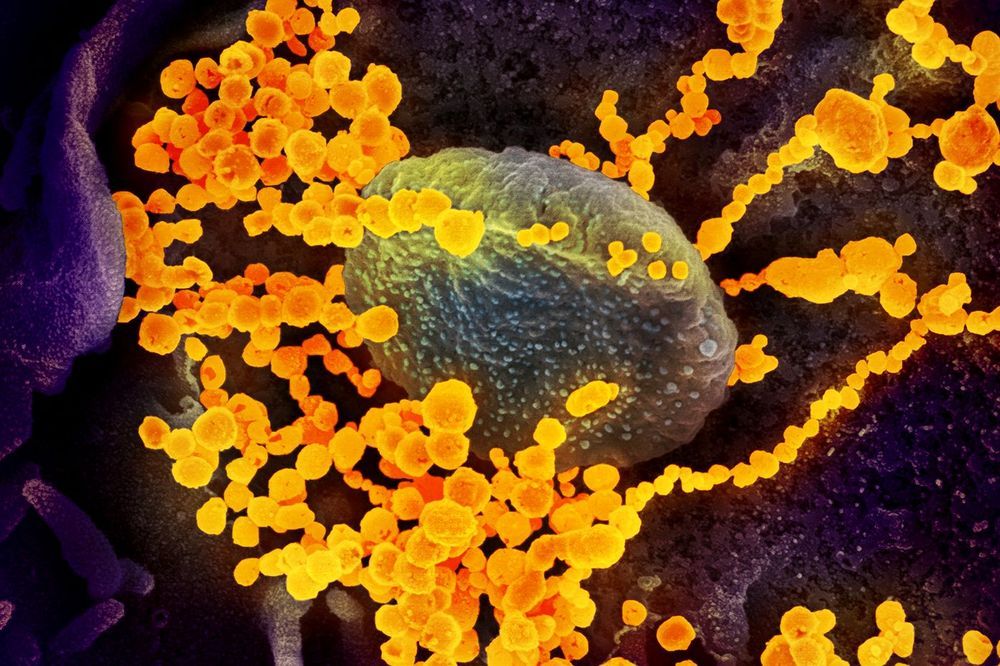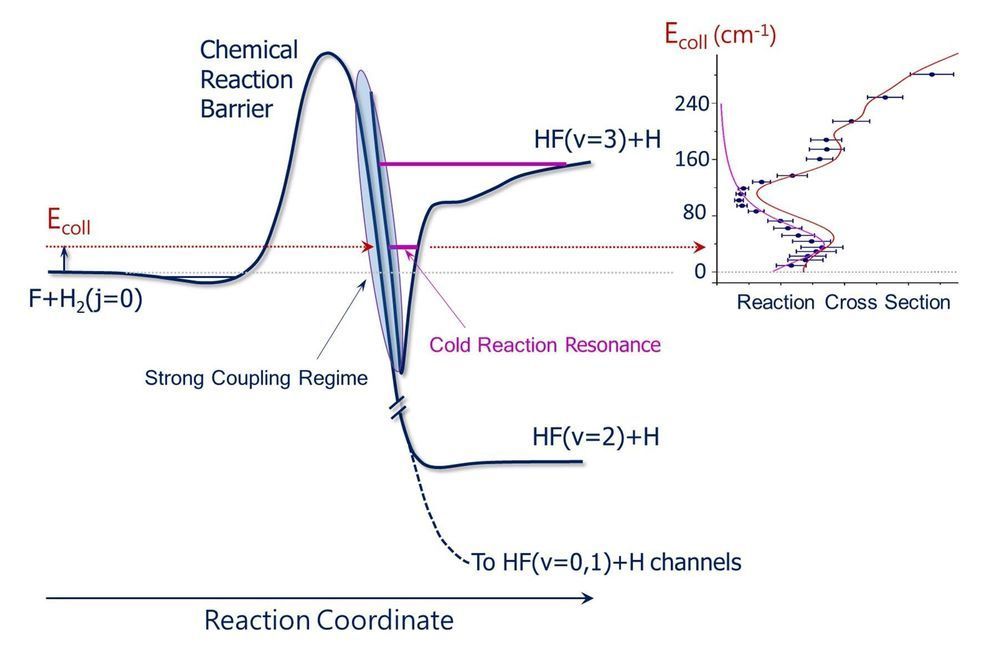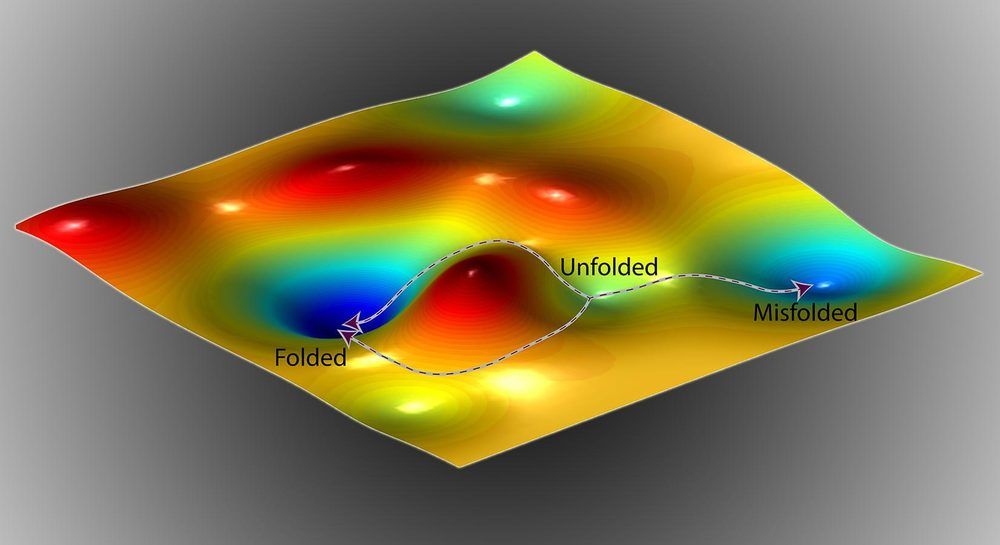May 8, 2020
Successfully measuring infinitesimal change in mass of individual atoms for the first time
Posted by Saúl Morales Rodriguéz in categories: chemistry, mobile phones, particle physics, quantum physics
A new door to the quantum world has been opened: When an atom absorbs or releases energy via the quantum leap of an electron, it becomes heavier or lighter. This can be explained by Einstein’s theory of relativity (E = mc2). However, the effect is minuscule for a single atom. Nevertheless, the team of Klaus Blaum and Sergey Eliseev at the Max Planck Institute for Nuclear Physics has successfully measured this infinitesimal change in the mass of individual atoms for the first time. In order to achieve this, they used the ultra-precise Pentatrap atomic balance at the Institute in Heidelberg. The team discovered a previously unobserved quantum state in rhenium, which could be interesting for future atomic clocks. Above all, this extremely sensitive atomic balance enables a better understanding of the complex quantum world of heavy atoms.
Astonishing, but true: If you wind a mechanical watch, it becomes heavier. The same thing happens when you charge your smartphone. This can be explained by the equivalence of energy (E) and mass (m), which Einstein expressed in the most famous formula in physics: E = mc2 (c: speed of light in vacuum). However, this effect is so small that it completely eludes our everyday experience. A conventional balance would not be able to detect it.
But at the Max Planck Institute for Nuclear Physics in Heidelberg, there is a balance that can: Pentatrap. It can measure the minuscule change in mass of a single atom when an electron absorbs or releases energy via a quantum jump, thus opening a new world for precision physics. Such quantum jumps in the electron shells of atoms shape our world—whether in life-giving photosynthesis and general chemical reactions or in the creation of colour and our vision.
